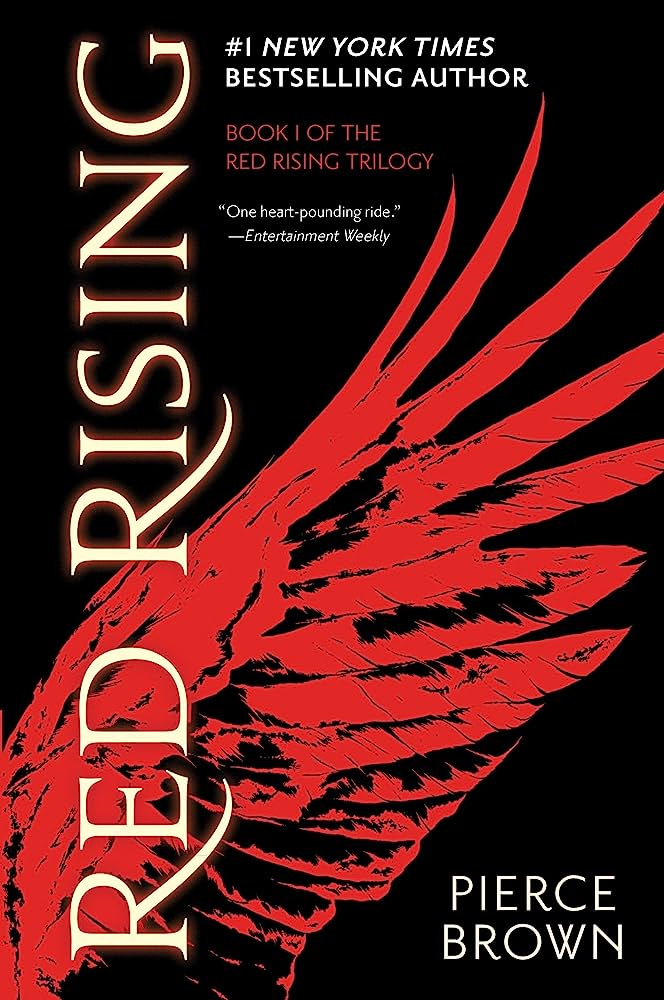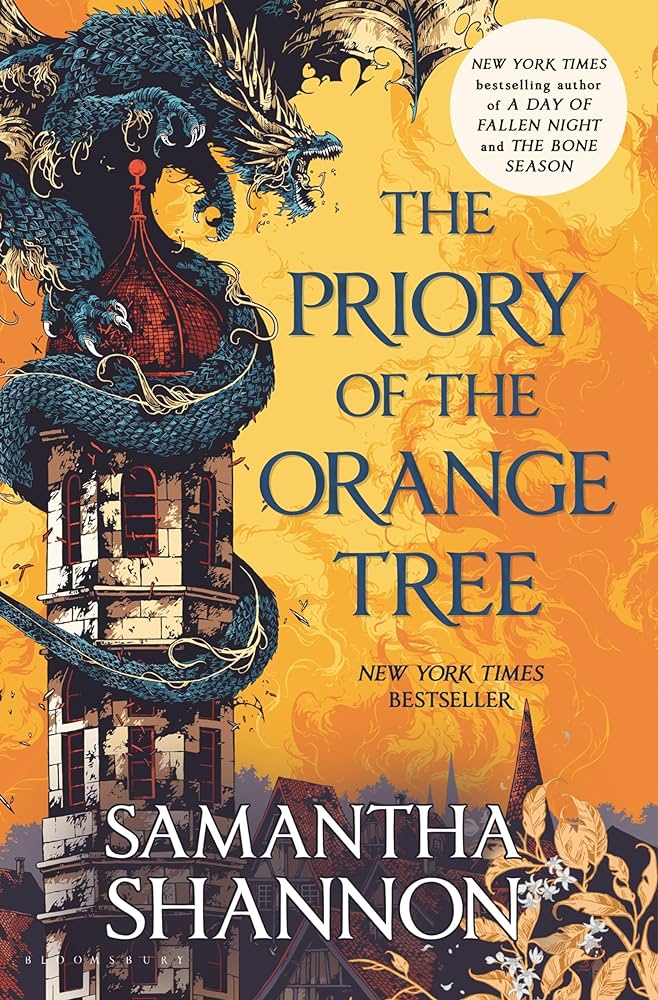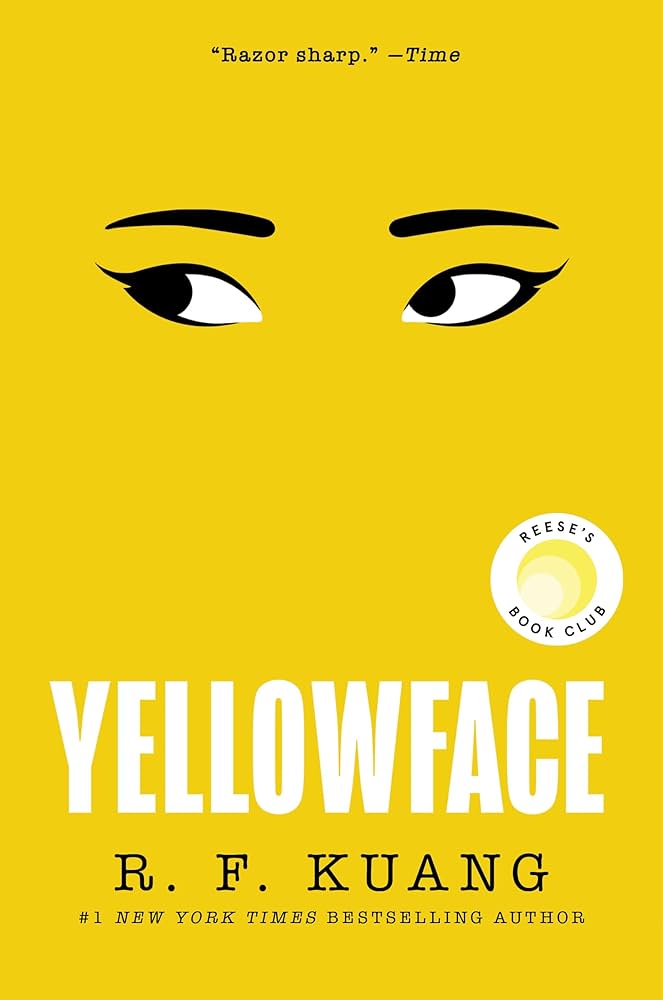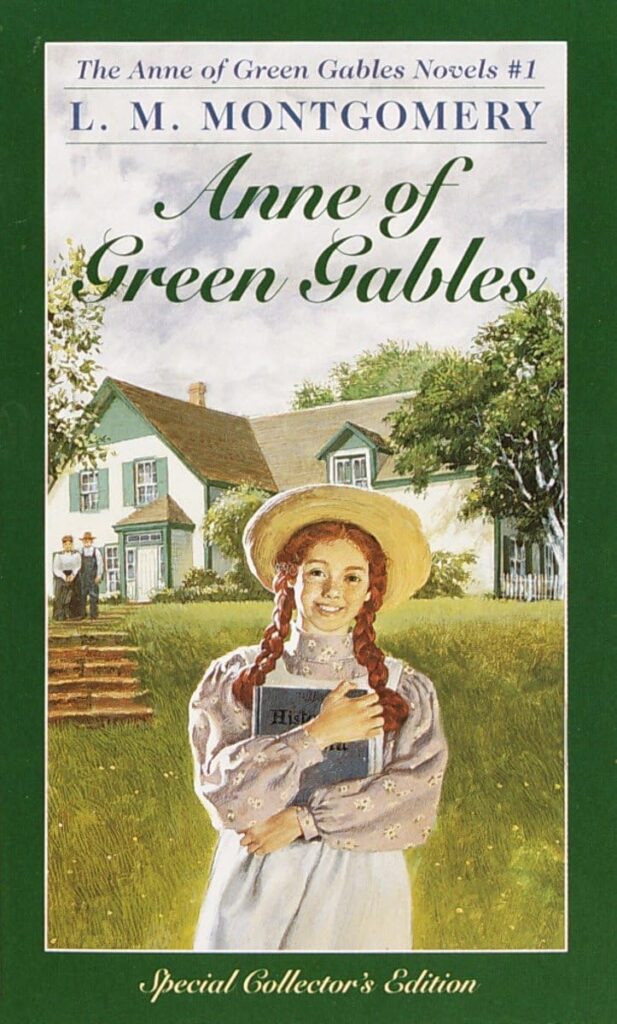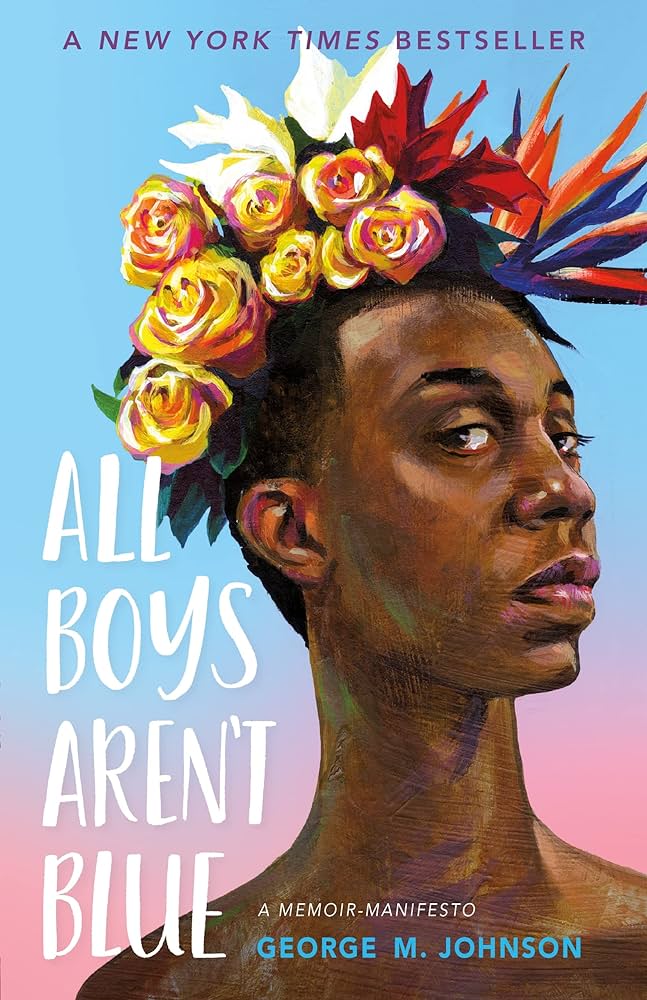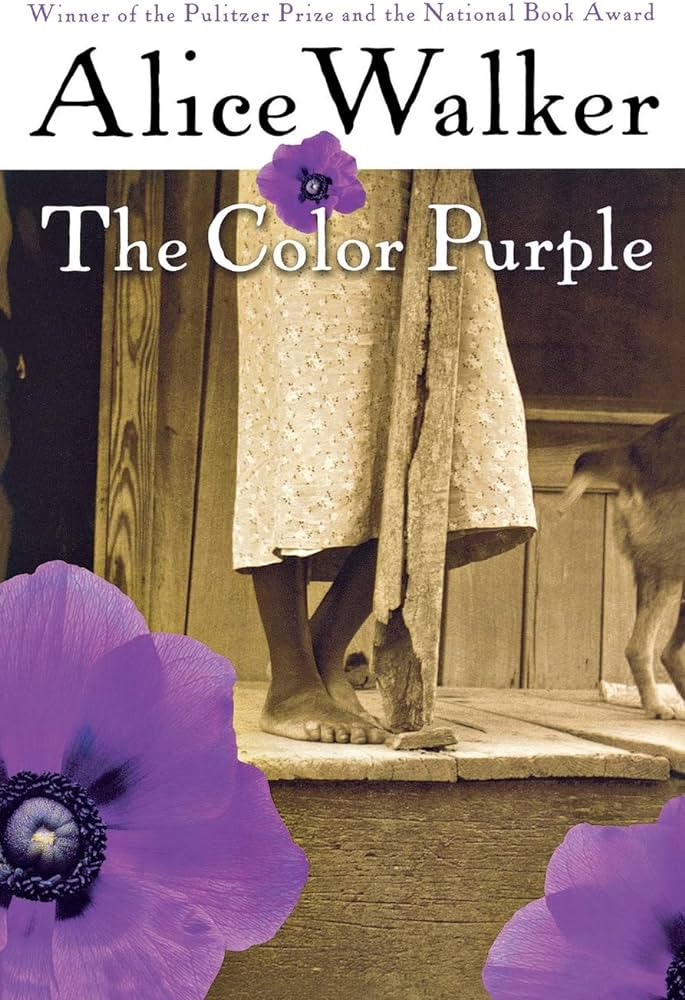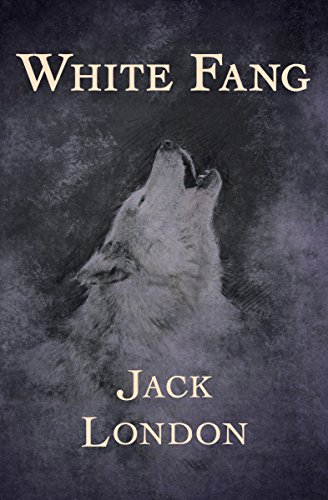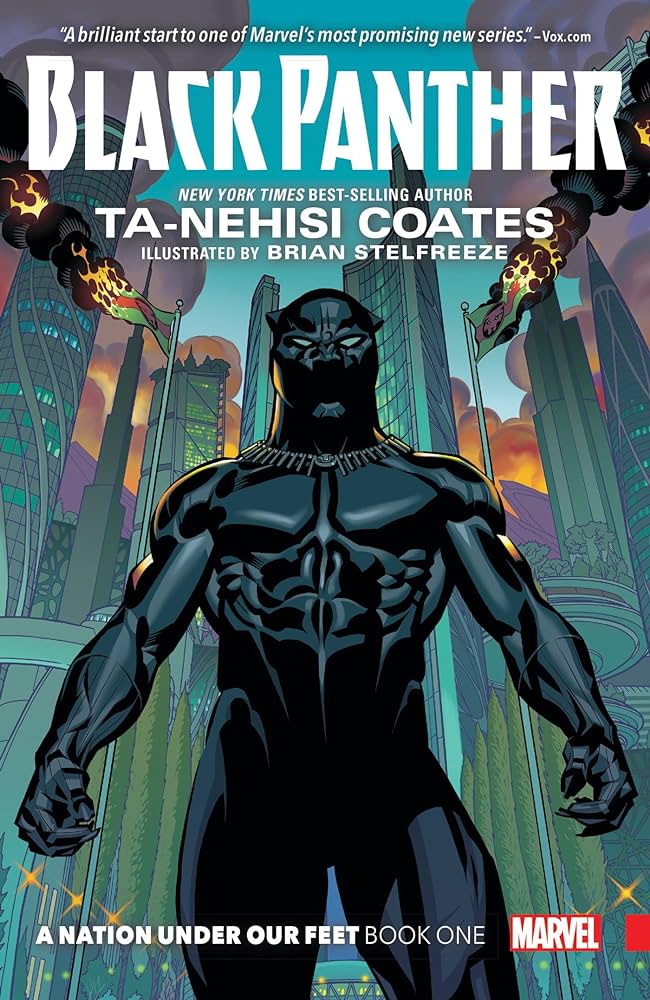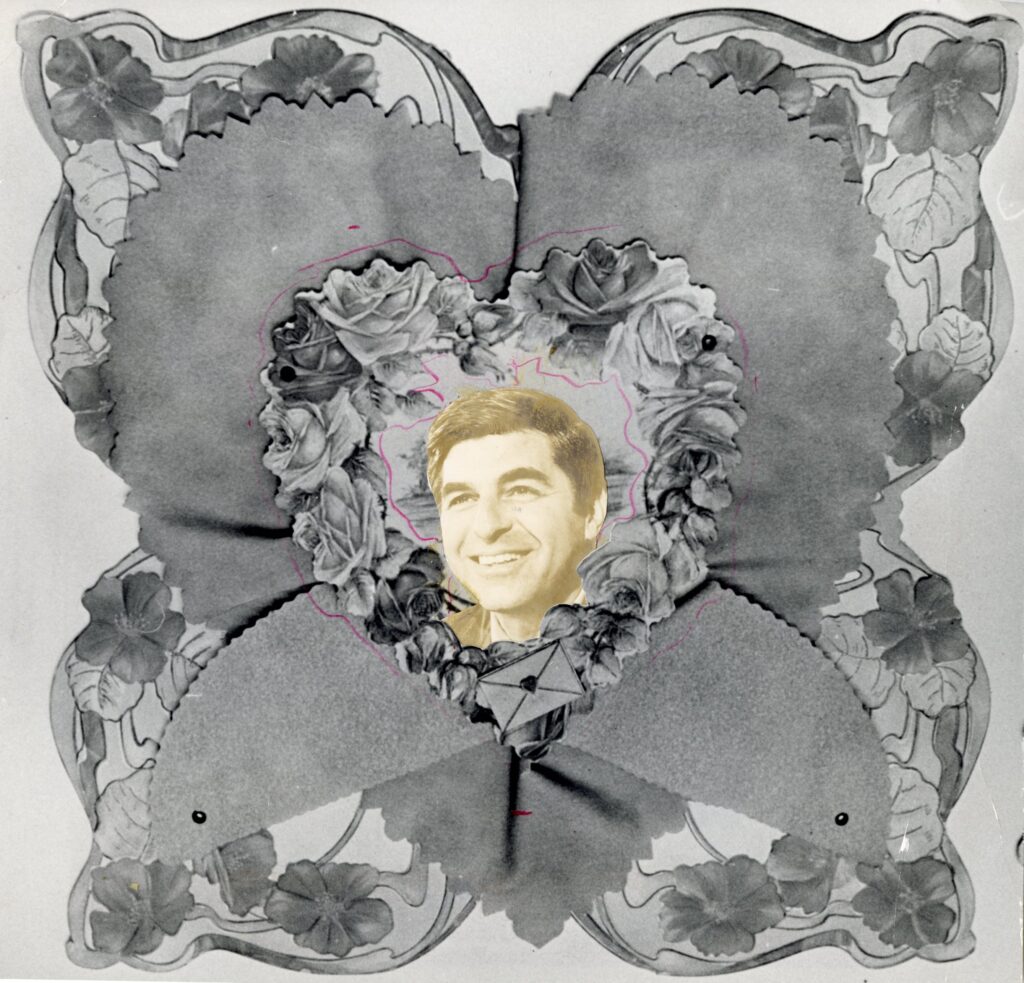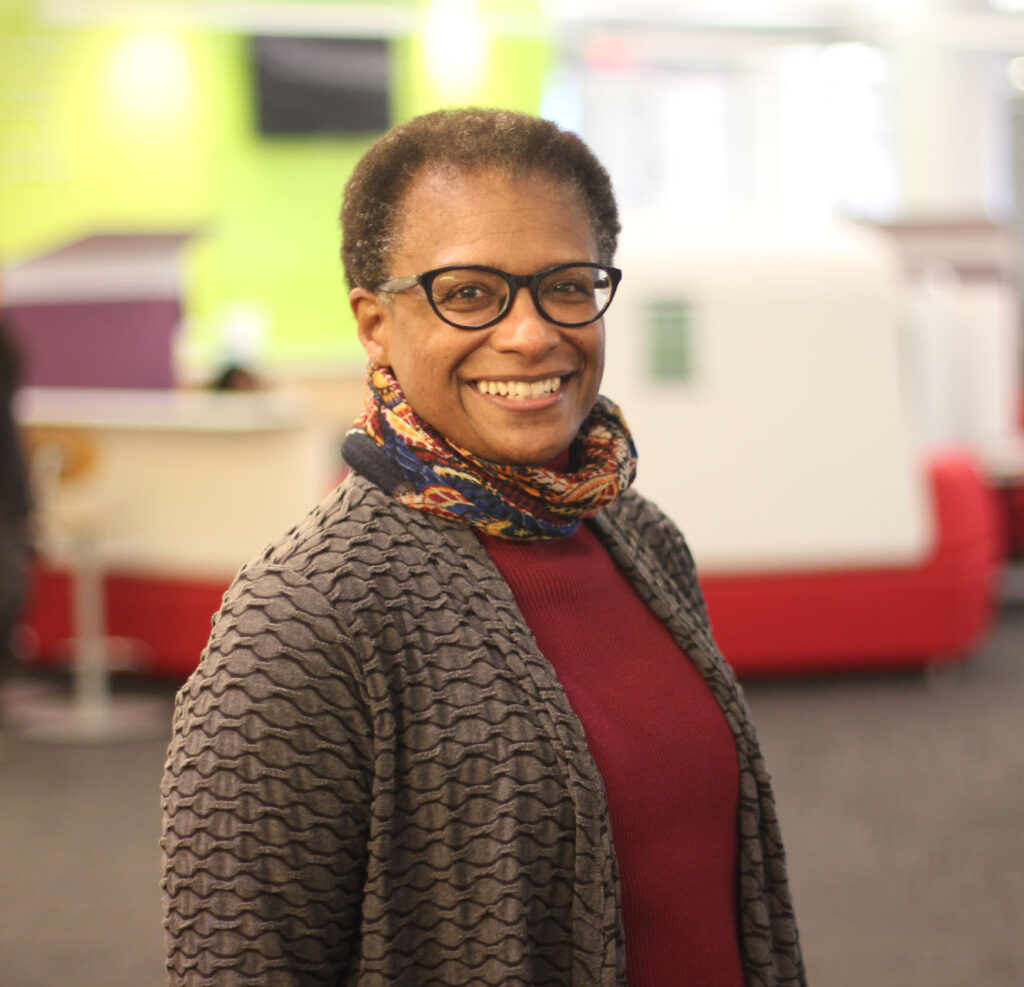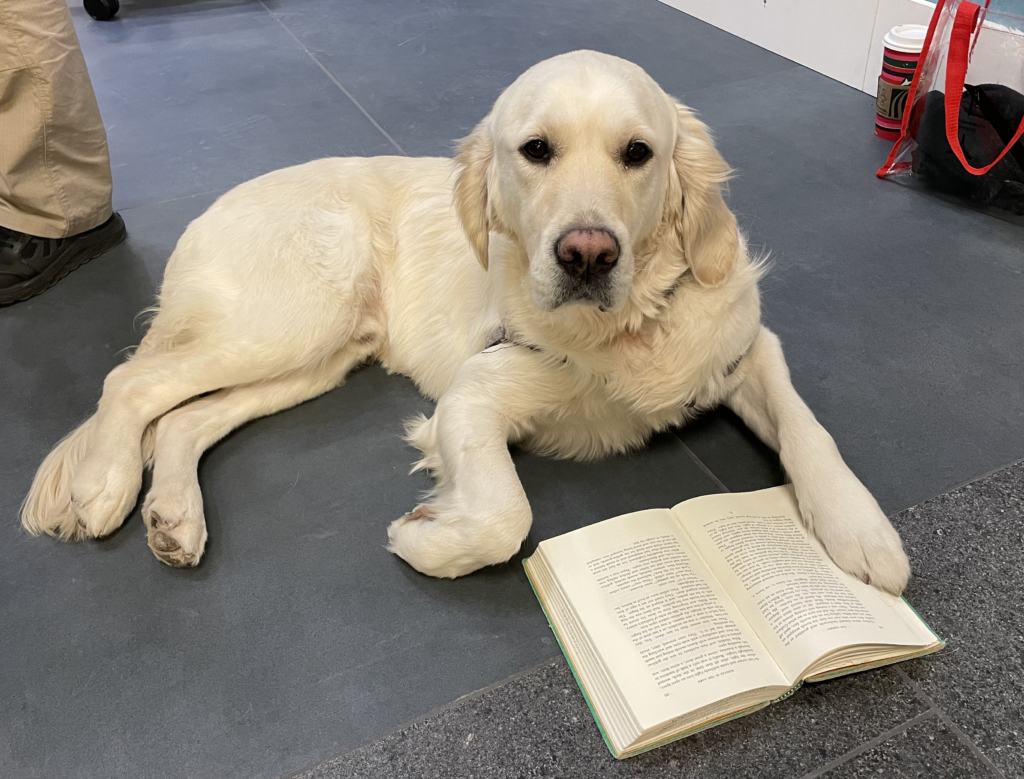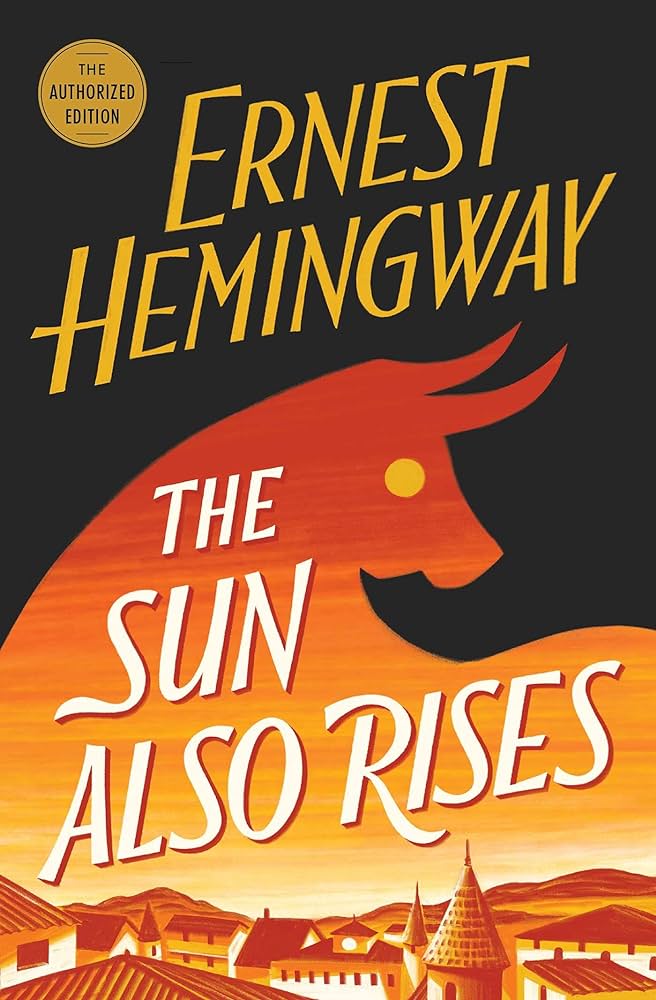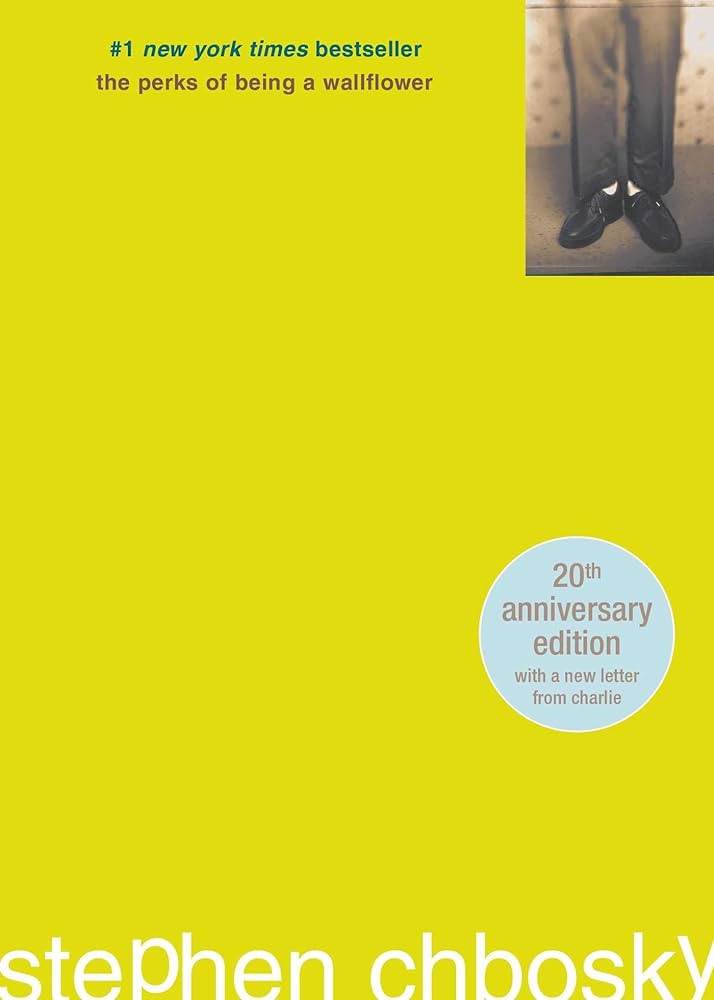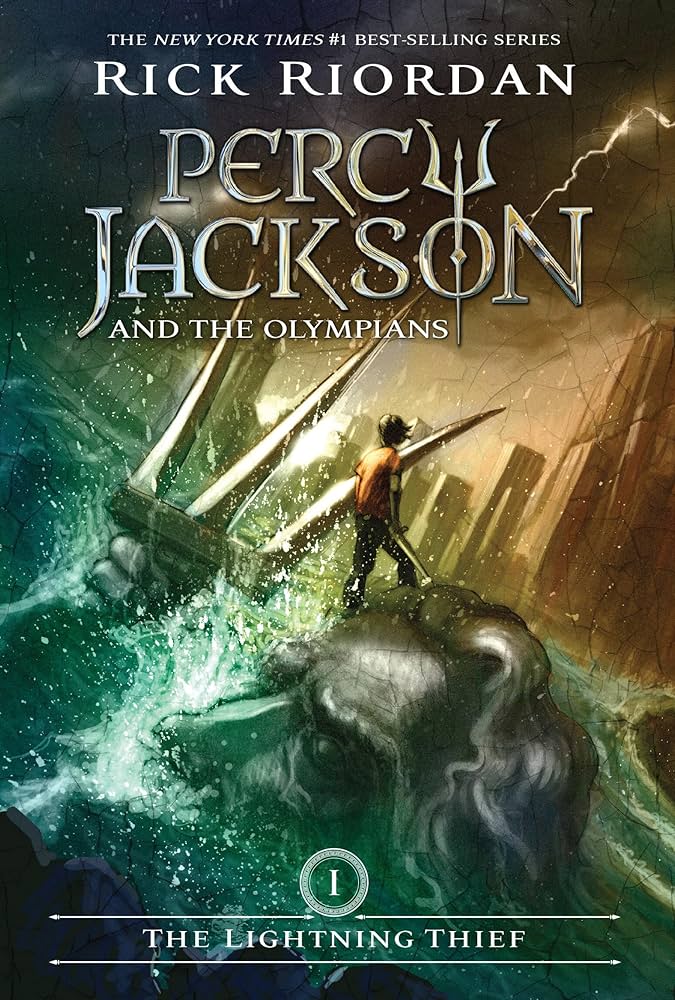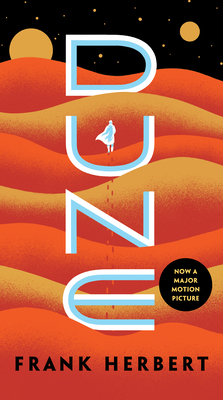Congratulations to Jessica Gudin, whose name was drawn this month in the Northeastern prize drawing! Jessica won a gift card to More Than Words, a non-profit, youth-run bookstore based in Boston’s South End.
And thank you to everyone who read a book and told us about it this month! You still have ten more chances to win, so keep reading. (For more chances to win, make sure to submit your reading to the Massachusetts Center for the Book, as well as Northeastern!)
What You Read This Month
February’s theme was “a book with a color in the title,” which offered a full rainbow of reading possibilities (date we say, a reading rainbow?). Here’s a kaleidoscope of hues that engaged readers this month.
Red Rising, Pierce Brown
“I was so glad I chose this book for February. Having just read Dune in January, I was excited to explore more interstellar science fiction! Brown’s writing style and world view was starkly different than Herbert’s. While I found the story quite predictable, it was fun to reimagine an interstellar world from a different perspective. I especially like how one’s perception of themselves and others can shape their actions and relationships. The characters frequently questioned their loyalties and identities, and challenged traditional notions of allegiance and duty.” — Sudhanva
The Priory of the Orange Tree, Samantha Shannon
“This one was a re-read for me. I’ll always remember Priory of the Orange Tree because it was the first book I ever bought at full price. I’d always go to second-hand bookshops to get my books, but this time I had to go for it. And it did not fail to deliver!” — Mit
Yellowface, R. F. Kuang
“This fell into the category of books where I could not get up and leave it for more than 10 minutes. I was riveted, fascinated, and continually went ‘No…No…NOOOOOO’ out loud. A perfect book club read, and one where you just want to run around and find someone else who has read it and force them to talk about it.” — Dina
“The book [was] about a white woman fictionally speaking about past hate crimes and experiences she never had to go through. She stole her friend’s fame and rose to the top, all for it to crumble in the end.” — Haiden
Anne of Green Gables, L. M. Montgomery
“I LOVED THIS BOOK. It was so funny and witty. Anne’s observations make me laugh and it’s refreshing to read.” — Amelia
All Boys Aren’t Blue, George M. Johnson
“Really good memoir that maintains a delicate balance between personal and emotional stories, and objective messages about how his story is just one way the harmful attitudes of society affects the way someone grows up.” — Sam
The Color Purple, Alice Walker
“Dude…you have to read this book. I won’t give any spoilers but it is so moving to see the perspective and experiences of a black woman in the southern United States.” — Gabriella
“The book is amazing, heart-wrenching, and immensely filled with emotion.” — Valeria
White Fang, Jack London
“Oh man, White Fang is wild! It’s all about this wolf-dog’s crazy life from wild to be domesticated. The way London dives into nature vs. nurture and survival themes is pretty dope. Really makes you think about the wild side in all of us. Plus, the journey of White Fang from the wild to understanding humans is just epic. Totally worth the read!” — Sanketh
Black Panther, Book One: A Nation Under Our Feet, Ta-Nahisi Coates
“Always fun to read a comic!” — Anoushka
And What to Read Next Month
The theme for March is “a book whose protagonist has a different culture or lifestyle than you.” That’s a pretty big category, but your friendly neighborhood librarians are here to help you narrow it down! Here are a few suggestions:
- How to Say Babylon is the memoir of Safiya Sinclair, a Jamaican poet who grew up in a strictly Rastafari household. Sinclair’s story takes readers far beyond the familiar Western touchstones of Rasta culture—reggae, dreadlocks, Bob Marley—and reckons with the complexities, traditions, and legacies of Rastafarianism and its place in Jamaican culture.
- Sitting Pretty: The View from My Ordinary Resilient Disabled Body is a collection of essays by disability advocate Rebekah Taussig. Taussig, who is partially paralyzed and uses a wheelchair, longed for disability representation as a child in the 1990s and early 2000s. As an adult, her memoir-in-essays captures the nuance and humanity of disability, and shines a spotlight on the everyday ableism baked into mainstream society.
- Rental Person Who Does Nothing is Japanese author Shoji Morimoto’s firsthand account of being, well, a rental person who does nothing. “I’m starting a service…available for any situation in which all you want is a person to be there. Maybe there’s a restaurant you want to go to, but you feel awkward going on your own. Maybe a game you want to play, but you’re one person short,” Morimoto writes. Rental Person Who Does Nothing is a strange, funny, fascinating look at Japanese culture, and at the deeply human desire for companionship—even if that companion does nothing.
- The Country of the Blind: A Memoir at the End of Sight. Andrew Leland has known for many years that he will one day go blind. While he was born sighted, as a teenager, Leland was diagnosed with retinitis pigmentosa, an incurable condition that causes a prolonged loss of vision over many years. Now in his 40s, Leland’s vision has degraded inexorably but significantly since his diagnosis, and he still doesn’t know what comes next. In the fascinating, funny, and illuminating Country of the Blind, Leland explores the history, representation, and culture of blindness, while chronicling his own journey away from sight.
- Downeast: Five Maine Girls and the Unseen Story of Rural America follows five high school girls coming of age in Washington County, Maine—north of Bar Harbor, nestled against the New Brunswick border, and home to just 31,000 people spread across 3,260 square miles. Written over four years, Downeast explores all sides of life in rural New England, from the beauty of the craggy coastline to the devastation of opioid addiction. Recommendation: read while listening to Noah Kahan’s Stick Season on repeat.
Need more reading inspiration? Check out our suggested e-books and audiobooks for March, and the Mass Center for the Book has a list of recommended titles. For Boston folks, stop by the Snell Library lobby in person on March 12 and 13 for more recommendations, browsable books, Reading Challenge stickers, and friendly librarians who love talking about books!
And whenever you finish your next book, make sure to tell us about it for a chance to win the March prize drawing.
As always, happy reading!
